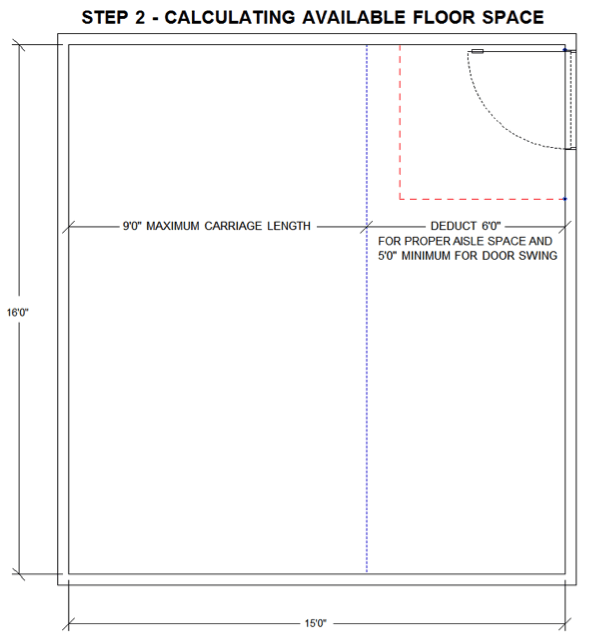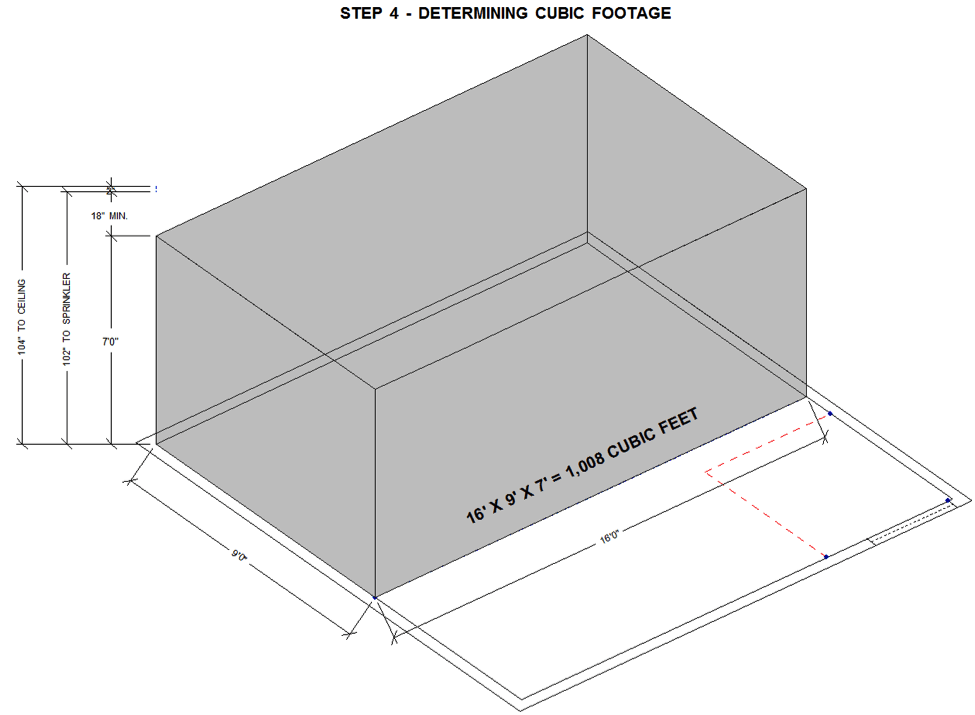When it comes to shelving, one of the first questions people ask is: How much does it cost? And the answer — well, it depends.
The cost of shelving isn't one-size-fits-all. It varies based on size, materials, weight capacity, mobility, and even the space it's going into. Whether you're outfitting a records room, a warehouse, or a high-density storage system, the price will shift based on your specific needs.

Step 1 – What are you storing?
It might seem like an obvious question — of course, you have stuff to store. But what you're storing plays a huge role in determining the right shelving solution (and, by extension, the cost).
Shelving needs vary widely from museum artifacts and football helmets to parachutes and medical supplies. Are you storing bulky gear? Heavy items? Sensitive documents? Each scenario calls for different materials, weight capacities, and configurations, all of which impact the cost of shelving.
For this guide, we'll use paper files as our example since they're a common storage need. But the same principles apply no matter what you're storing.
Step 2 – Calculating Available Floor Space
Before you start thinking about shelving types, you need to know how much space you're working with. Your available floor space will determine how much shelving you can fit, how it's configured, and how efficient your storage setup will be.
Let's say your storage area measures 16'0" x 15'0", with a door on the 15'0" wall. That door placement matters — a proper aisle space needs to be factored in for accessibility and ease of movement. ADA Accessibility Guidelines recommend at least five feet (or 60 inches) of clearance around door swings. To be on the safe side, we'll assume six feet to allow for extra maneuverability.
After a bit of quick math, that leaves us with enough room for a 16'0" wide shelving system and 9'0" long shelving carriages, a solid foundation for planning your storage setup.

Step 3 - Measuring Ceiling Height
Ceiling height plays a big role in shelving capacity, but it's about staying compliant, not just fitting more. Fire codes require a minimum clearance of 18 inches below sprinkler heads to ensure proper function in case of an emergency. Since most sprinkler heads are around 2 inches tall, we generally recommend a 20-inch clearance as a safe rule of thumb.

Let's do some quick math: If your ceiling height is 104 inches, subtracting 20 inches for clearance leaves you with a maximum shelving height of 7 feet.
Step 4 – Determining Cubic Footage
Now that we've nailed down what we're storing, the available floor space, and the max shelving height, it's time for a little high-school algebra (don't worry, no pop quizzes).
To estimate storage capacity, we calculate cubic footage using the formula:
Width × Length × Height = Total Cubic Feet
Let's say our system is 16 feet wide, 9 feet long, and can go up to 7 feet tall. That gives us:
16' × 9' × 7' = 1,008 cubic feet
This number is key — it helps determine how much shelving you need and plays a big role in estimating cost. Keep it handy for the next steps!

Step 5 – System Drive Preference
Now that we've sized up your storage system, it's time to talk about how it moves. The system drive determines how you access and operate your shelving, and there are two main options:
- Manual (Mechanical Assist): Turn a three-spoke handle, and like magic (or physics), the shelving glides left or right with minimal effort.
- Powered (Electrical Assist): Push a button, and the system moves for you — because sometimes, convenience is king.

At the end of the day, the choice depends on your needs, your team, and your budget. Some facilities prefer the hands-on control of a manual system, while others like the smooth automation of a powered setup. Either way, you get a system that keeps your space organized and efficient.
Step 6 – How Much Does Shelving Cost? Estimating Your Budget
Now that you've determined your space and shelving type, it's time to talk budget. The cost of shelving varies widely based on several factors, including:
- Size & Configuration: Larger systems or those with specialized layouts will naturally have different pricing structures.
- Materials & Finishes: Standard steel shelving differs in cost from custom finishes, heavy-duty reinforcements, or specialty coatings.
- Storage Features: Locking mechanisms, RFID tracking, fireproofing, and ventilation can all affect pricing.

While manual systems tend to be more cost-effective upfront, powered systems may offer long-term efficiency benefits that justify the investment. The best way to get an accurate estimate? Work with a storage expert to assess your space, needs, and budget for a customized quote.
Finalizing Your Shelving Budget
Budgeting for shelving doesn't have to be a guessing game. The steps above provide a solid starting point for estimating costs, but every project is unique. If you're still exploring options or need a more tailored estimate, our storage experts are here to help.
Whether you're planning ahead or ready to move forward, we'll work with you to design a solution that fits your space, needs, and budget. Let's build something that works for you.
Happy budgeting!















